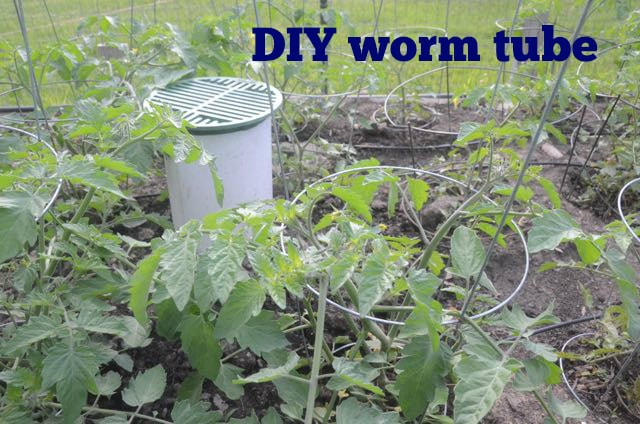
 5
5




Gardener

 7
7




How Permies works: https://permies.com/wiki/34193/permies-works-links-threads
My projects on Skye: The tree field, Growing and landracing, perennial polycultures, "Don't dream it - be it! "
 7
7




 1
1




Invasive plants are Earth's way of insisting we notice her medicines. Stephen Herrod Buhner
Everyone learns what works by learning what doesn't work. Stephen Herrod Buhner
 3
3




"When the whole world is running towards a cliff, he who is running in the opposite direction appears to have lost his mind." C.S. Lewis
Visit https://themaineingredient.com for organic, premium dried culinary herbs that are grown, processed, and packaged in the USA.

 7
7







 5
5




Nancy Reading wrote:Hi Mark,
It sounds like you are doing all the right things and are going in the right direction. The key almost anywhere, to good soil will be the addition of organic materials. The other magic ingredient is time!
As regards "will it get easier" I would say 'yes' . That for me is one of the whole points of permaculture over other system designs. I sometimes refer to it as 'lazy gardening'. If it doesn't get easier over time you are doing something wrong! I'm tending more to mulching in situ - chop and drop and wind harvesting features that slow the wind and capture leaves and debris from my own and neighbouring properties. Unfortunately it can end up looking a bit messy which can be a problem I know in some neighbourhoods, either because of regulations or critter problems.
The only caveat is that with food production, especially with annual crops, the fact you are removing nutrients in the form of leaves, roots and fruit means that there is a loss over time of trace elements. This will need to be replaced or retained somehow for the system to continue indefinitely. Also the act of digging creates a bonfire of death in the soil, which feeds our annual plants, but also leads to depletion and reversion to dirt. Rest and mulch restore again as it would if we took no action.
For me something that changed my attitude and made me a bit more relaxed about having perfect growing soil, and understanding and controlling everything, was reading the one straw revolution about Masanobu Fukuoka. I wish I'd read it earlier in my life as it made me realise it is OK to not be in control of everything.
My climate and soil is too different to be of specific use to you, but I'm following with interest!
Gardener



 4
4




Anne Miller wrote:For others that are interested in improving soil:
List of Dr. RedHawk's Epic Soil Series Threads
https://permies.com/wiki/redhawk-soil
I feel there is not a lazy approach to improving the soil. Though there are ways to make it easier. It sounds like you are way ahead in getting the soil biology you might be seeking. Here are a couple of threads that you might not have seen.
https://permies.com/t/76498/biology-soil
https://permies.com/t/86117/Bacteria-Fungi-Nematodes
My suggestions to add that I did not see would be compost tea and mushrooms.
With these two anyone would be putting their best step forward.
I am looking forward to hearing more about your adventures in soil building.
Gardener



 2
2




Jan White wrote:An easy way to deal with kitchen scraps is to put them directly in the garden. If you have deep enough mulch, you can just put them under the mulch. If your mulch isn't thick enough, you can dig a hole in the soil and cover them up that way. My sister in law digs a shallow trench parallel to one of her vegetable rows. Then puts her kitchen scraps in the trench, filling it in as she adds more material.

Gardener



 3
3




Christopher Weeks wrote:It seems like you're doing all the right low-energy things. Maybe remember to also plant polycultures as much as possible to promote diverse soil microbiota.
As to your worm castings, and not having very much early on, to make it go farther, use it to treat your seeds before planting. Apparently mixing in even a pretty small amount of castings when planting increases the diversity of microbes available to the young plant fairly dramatically.
And finally, if I lived as close to the sea as you do, I'd go forage a trunk-load of seaweed once a year to add to my compost operation.
 2
2




It is like a big light bulb went off in my head a few months back with all of this stuff - it is so easy, right? (philosophically speaking). I am delaying going down the compost tea path for now, but plan to add wine cap mushroom spawn to the deep wood chip mulch I have put in place for all of the pathways around my new raised beds.
Invasive plants are Earth's way of insisting we notice her medicines. Stephen Herrod Buhner
Everyone learns what works by learning what doesn't work. Stephen Herrod Buhner
 3
3




Moderator, Treatment Free Beekeepers group on Facebook.
https://www.facebook.com/groups/treatmentfreebeekeepers/












